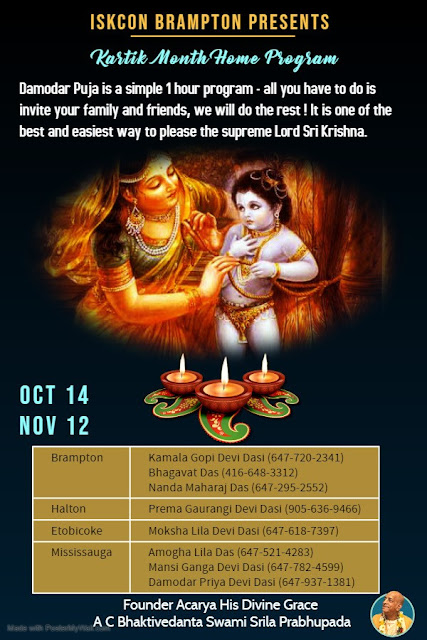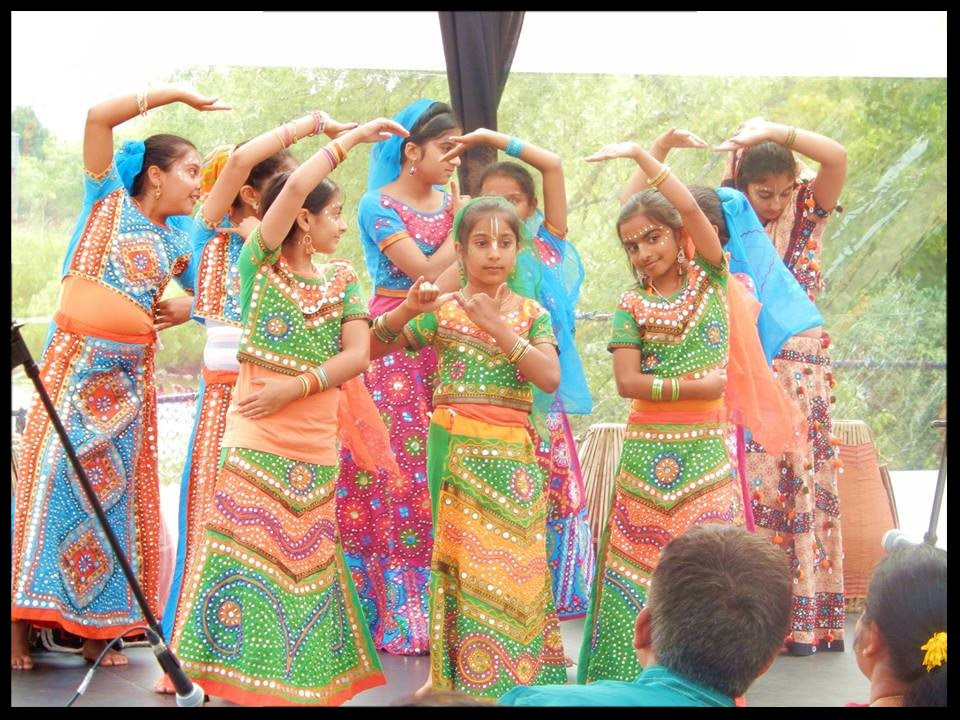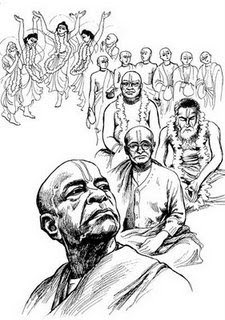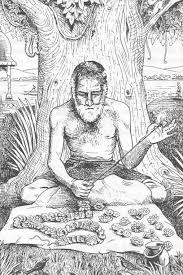Sat watching one of the UK leading comedians explain why God doesn’t exist and as always it’s observational. With all comedy the thing that makes it funny is the ability to take what we see and package it in such a way that it hits the funny bone.
So as the act continues the comedian started to back up the observation with what is acceptable science fact to add plausibility to the act. Indeed it would be hard in some ways to argue against the material being presented.
Isn’t this how science works?
We observe then extrapolate from this a conclusion, all observational and can be replicated time and time again to come up with the same observed outcome. This way it becomes true given other scientists can replicate and agree. So great universities are set up and these conclusions are presented and accepted after all I’ve seen it with my own eyes and they don’t lie.
Presentation is key and this way knowledge is gained
Yes we know are senses are imperfect and our eyes can be fooled by optical illusions; indeed animals can be found with better sight, hearing and sense of touch. But knowing this it is still widely acceptable to use these imperfect senses to conclude and come up with fact.
Reading Srimad Bhagavatam we see how Lord Krishna has made the material universe and material nature and how it works in great detail; and also in even greater detail how karma works in this material world.
It’s not understanding of karma that means we can observe and conclude, it’s hard to understand collective karma and also how great evil can exist. Indeed the comedian used these reasons as a basis to dispute the existence of a creator and why the principal of evolution is correct.
It’s easy to accept observational studies but much harder to accept the spiritual study, but understanding what happens not only to ourselves but what happens around us makes greater sense with real knowledge. And with this real knowledge we can apply it universally and get the same results.
However it means we need to first accept that karma means as an individual taking responsibility for our own actions and that what happens to us is a result of both current and past actions. This is the difficulty as no knowledge of past actions are available so I can conclude being a nice person that these nasty actions against me are unjust and thus observational I can conclude there is no god.
Understanding this premise means that I can alter my reactions knowing not only why these things happen but there temporary nature, real knowledge and understanding helps one gain context.
Science is observational without real insight whilst vedic knowledge is observational with real insight, it took a comedy show to help me realise this.



































 Being a leader does not always mean leading from the front, it means being part of the team. It means working together through all the obstacles and focusing on the common goal. In ISKCON that goal is service to Guru and Krishna. This is a uniting factor that keeps our society strong, through the tough and the easy.
Being a leader does not always mean leading from the front, it means being part of the team. It means working together through all the obstacles and focusing on the common goal. In ISKCON that goal is service to Guru and Krishna. This is a uniting factor that keeps our society strong, through the tough and the easy. 
 By Yogesvara Gopinath das
By Yogesvara Gopinath das

 Sadbhuja Das: Hare Krishna everyone!
Please have a look at this short video clip of a progress report of some exterior works, located at the front entrance at the temple. This is quite a monumental piece of embellishment, which I think you all will find very interesting.
Sadbhuja Das: Hare Krishna everyone!
Please have a look at this short video clip of a progress report of some exterior works, located at the front entrance at the temple. This is quite a monumental piece of embellishment, which I think you all will find very interesting.



 Utpanna Ekadasi
Utpanna Ekadasi




 By Krishna Ksetra Swami
By Krishna Ksetra Swami








